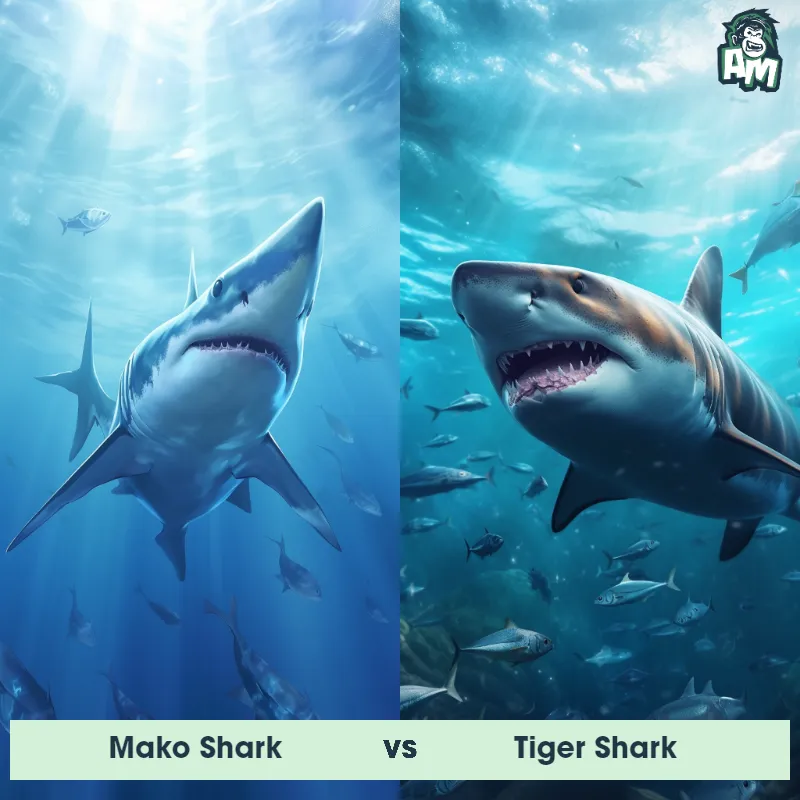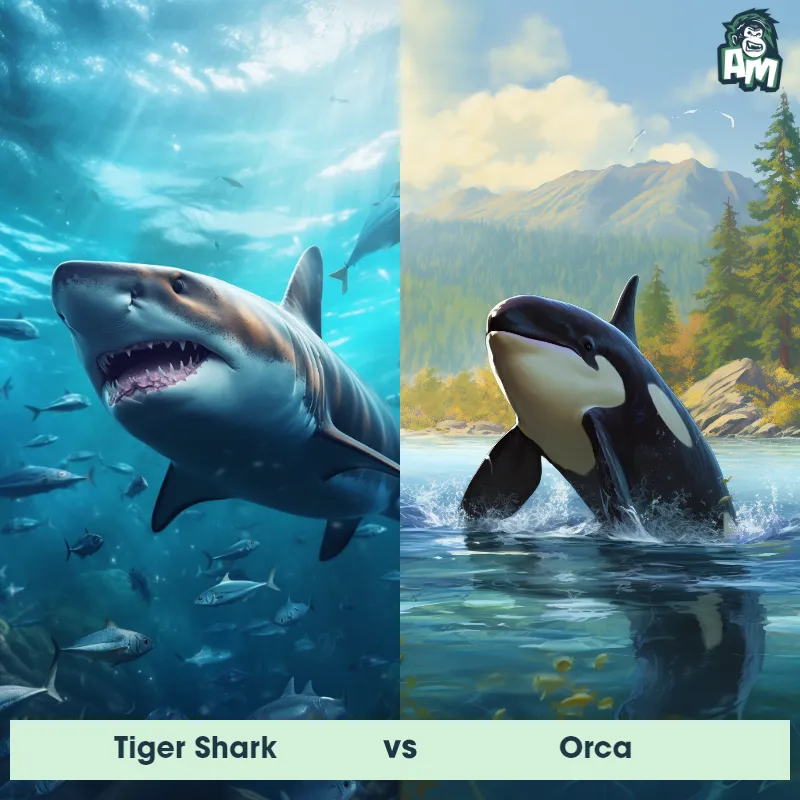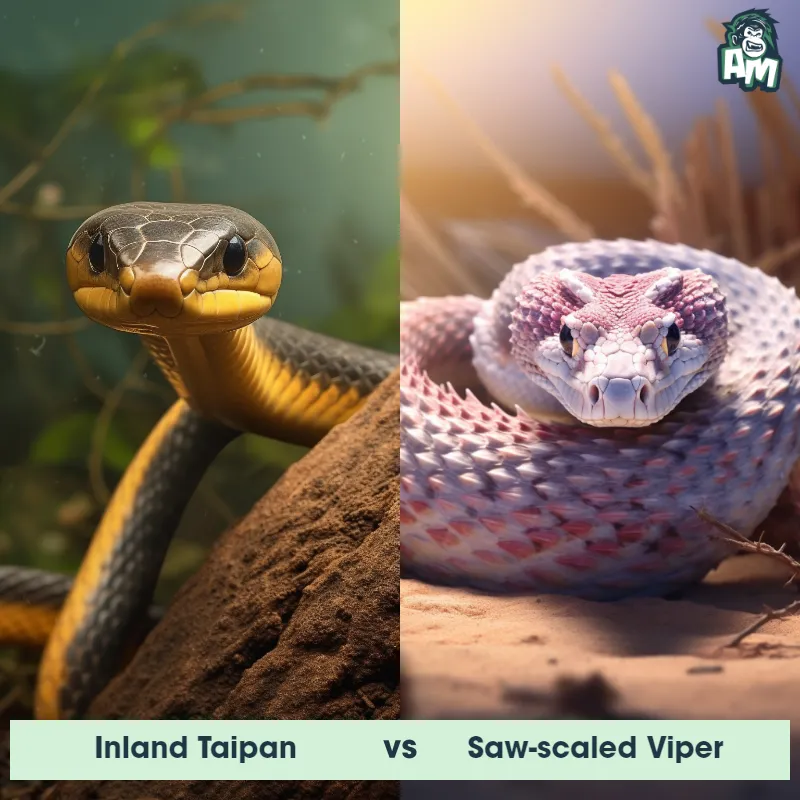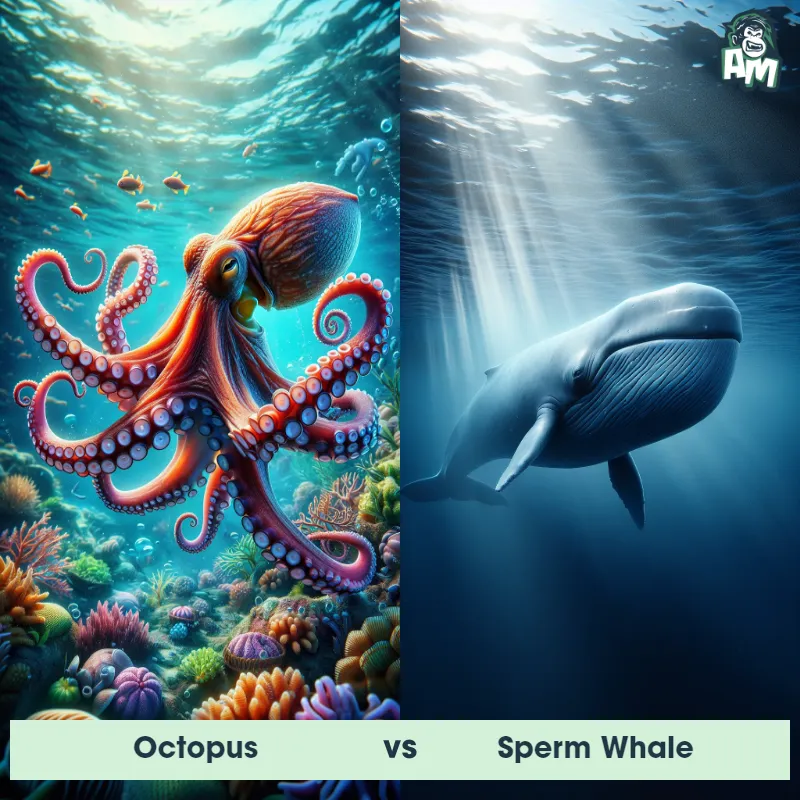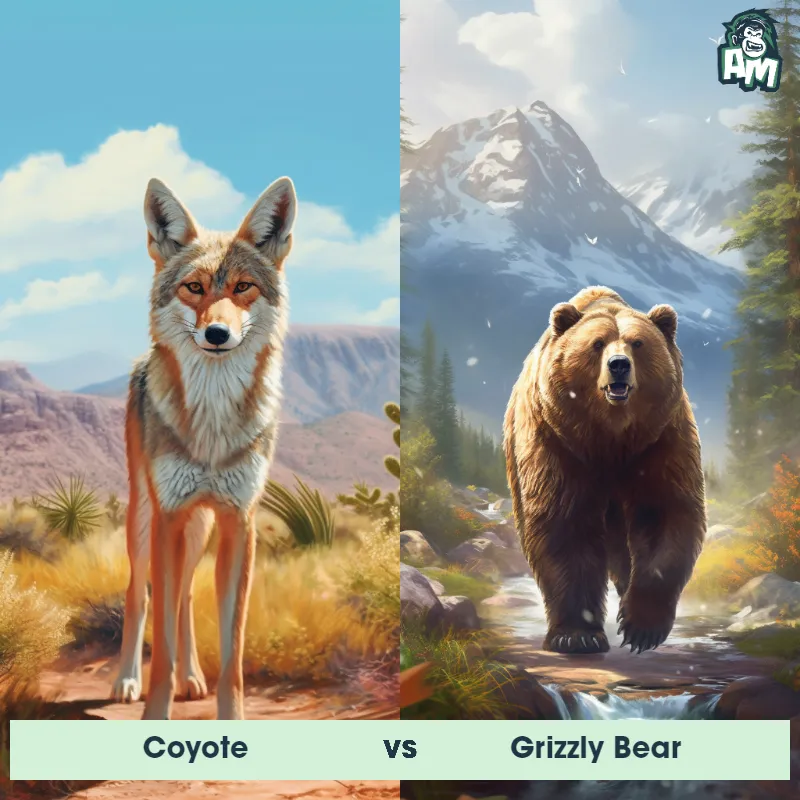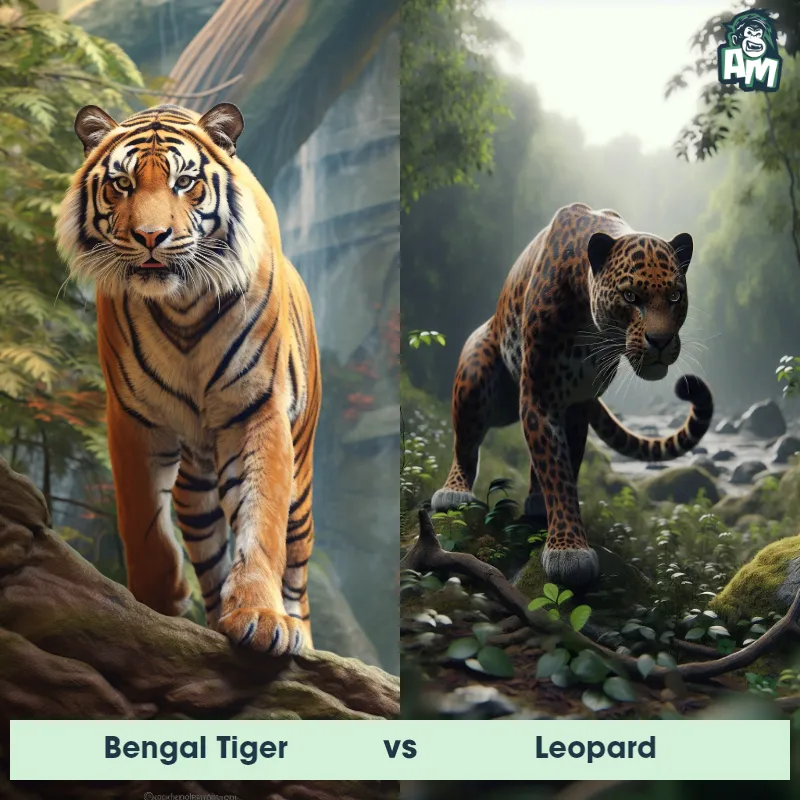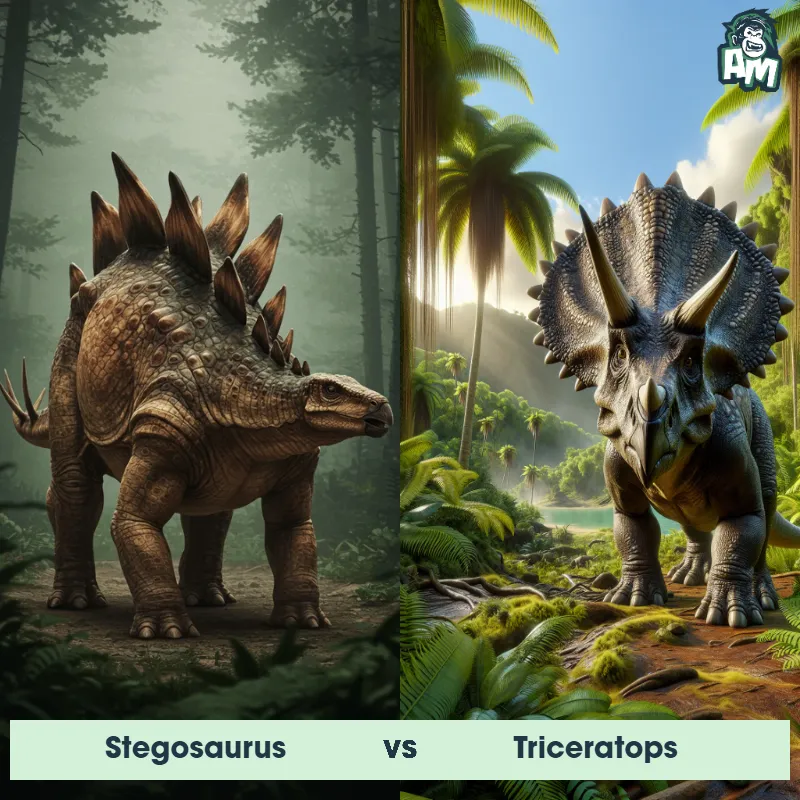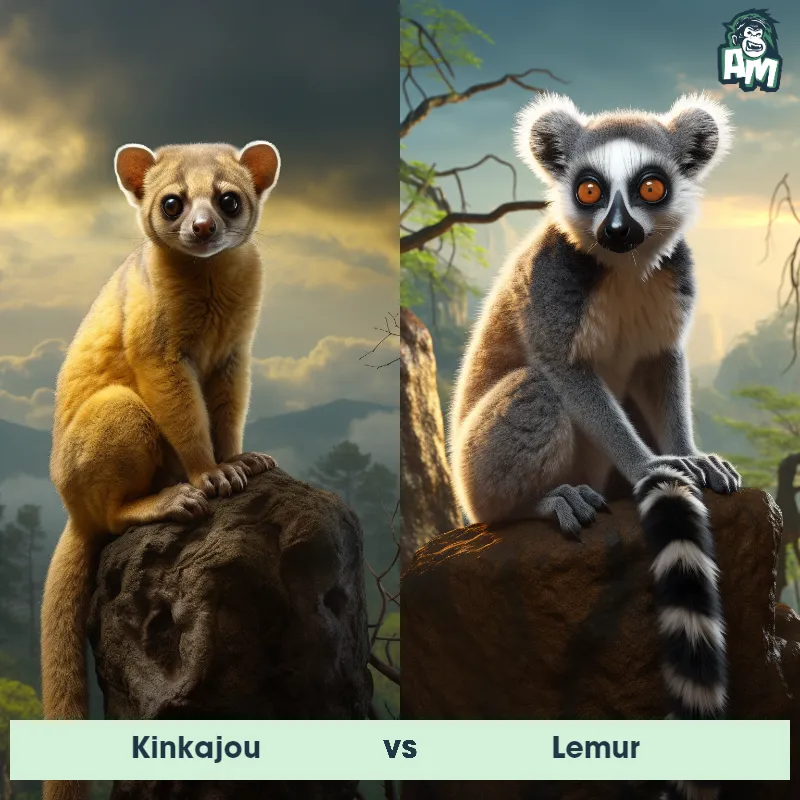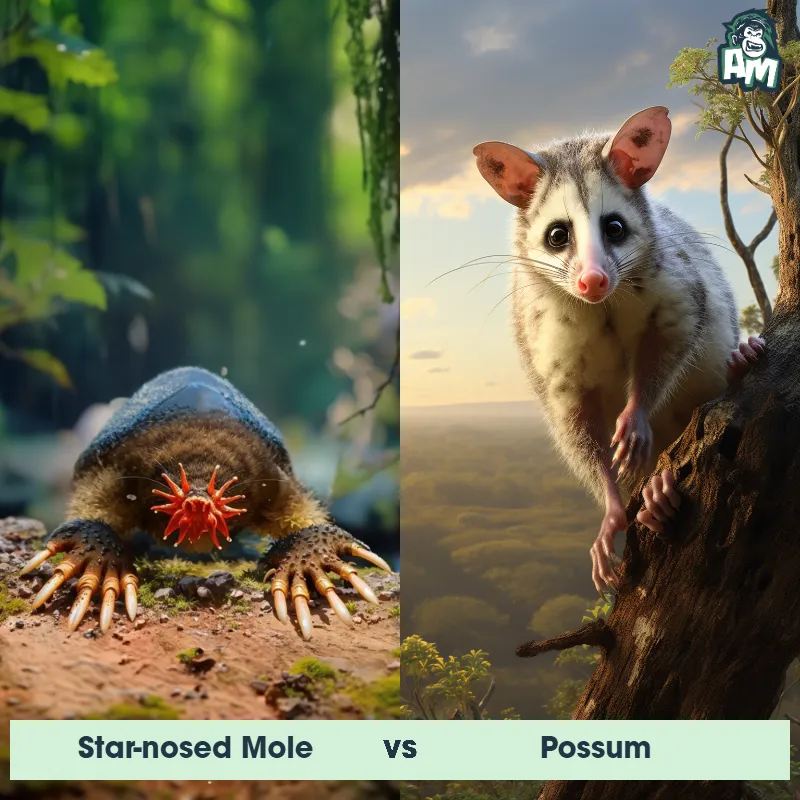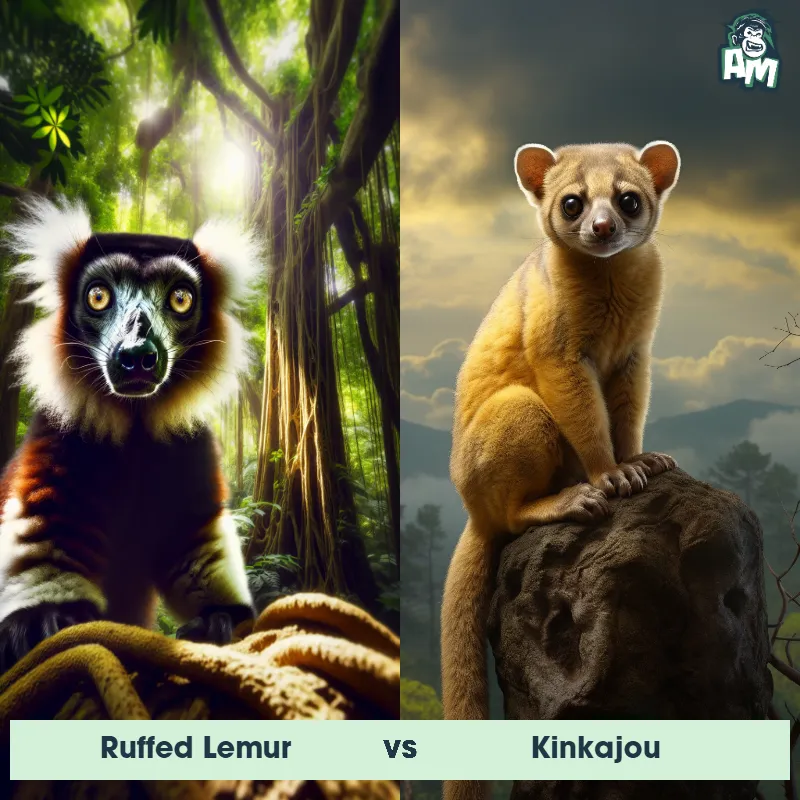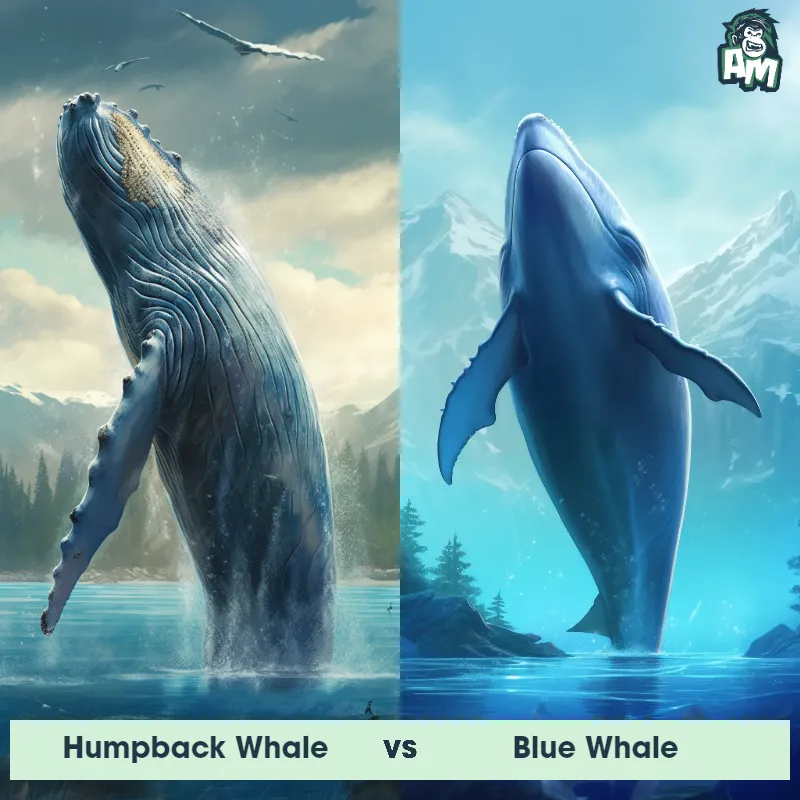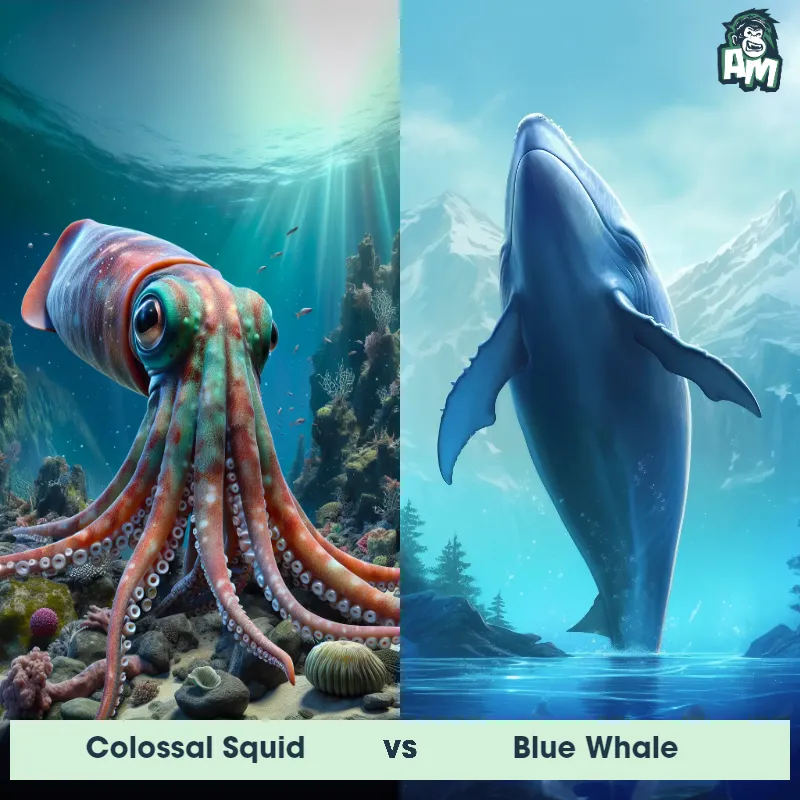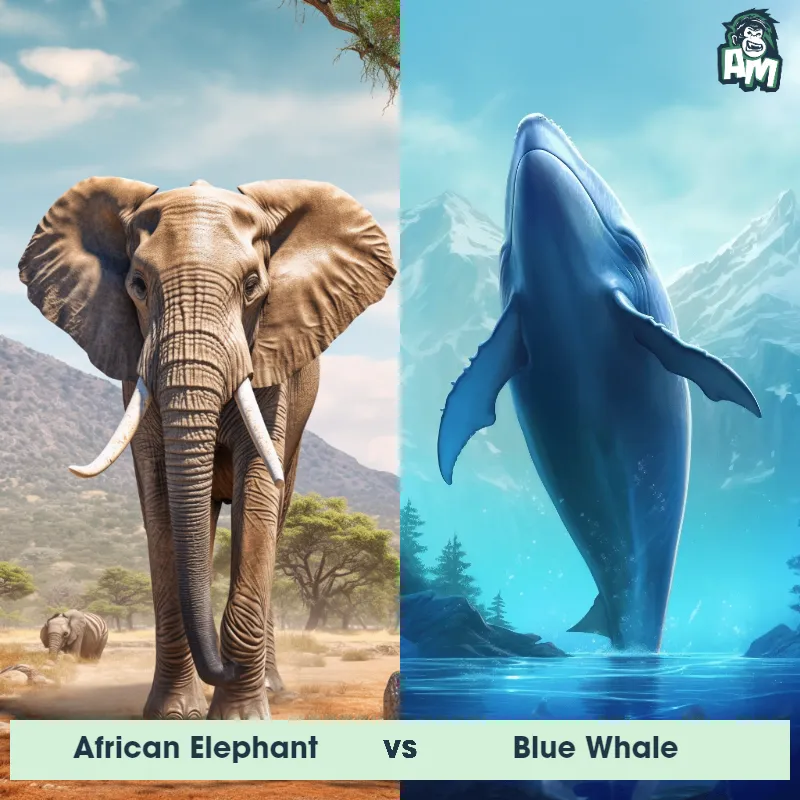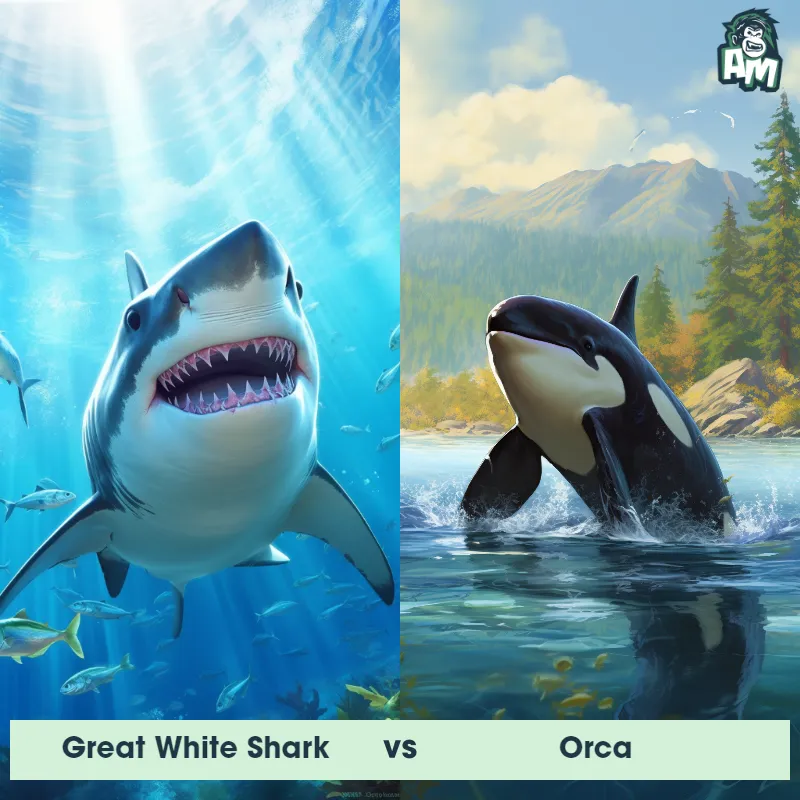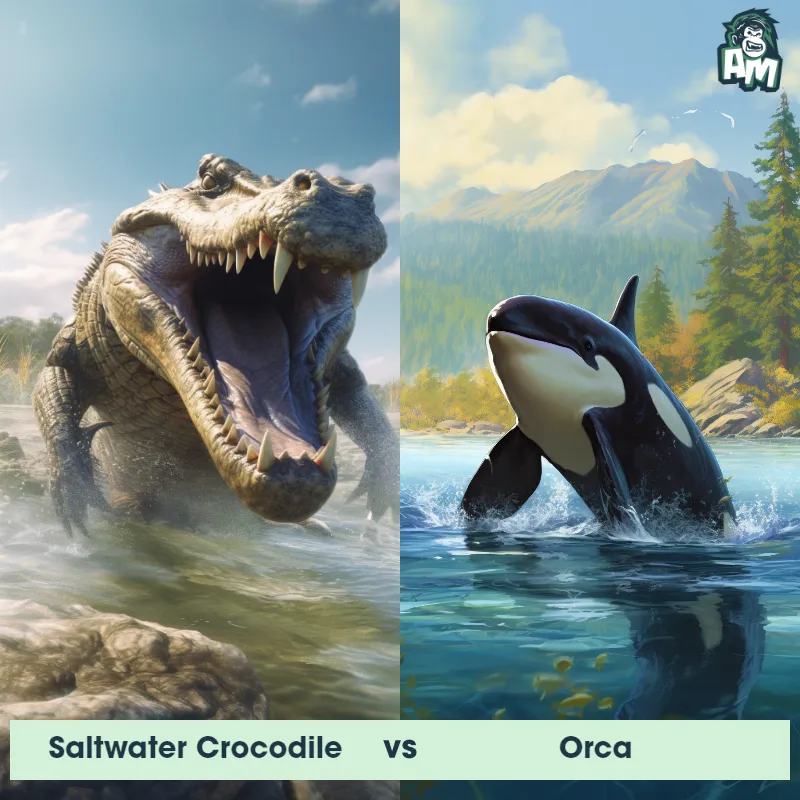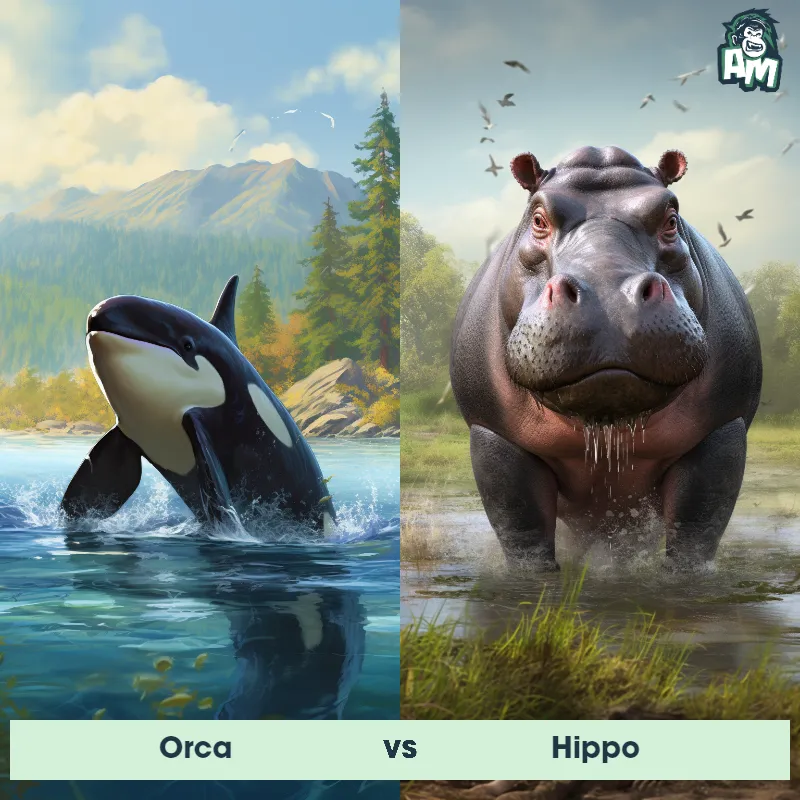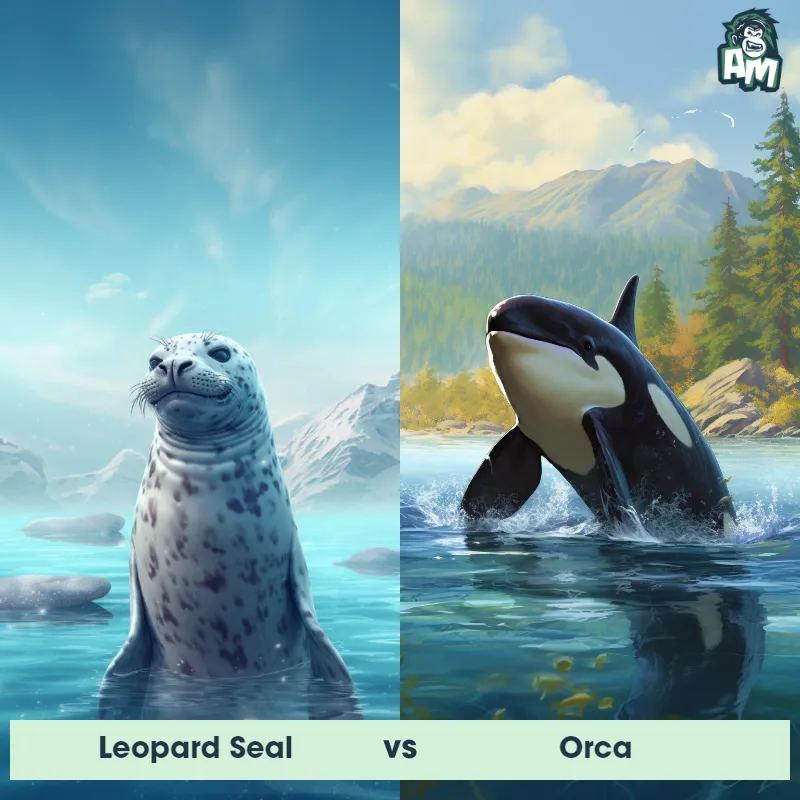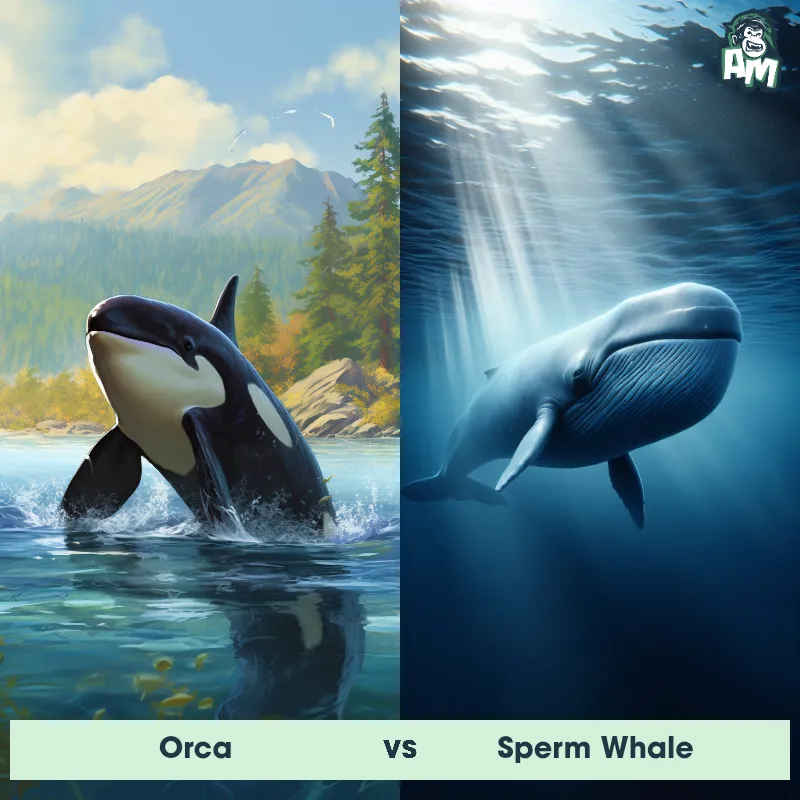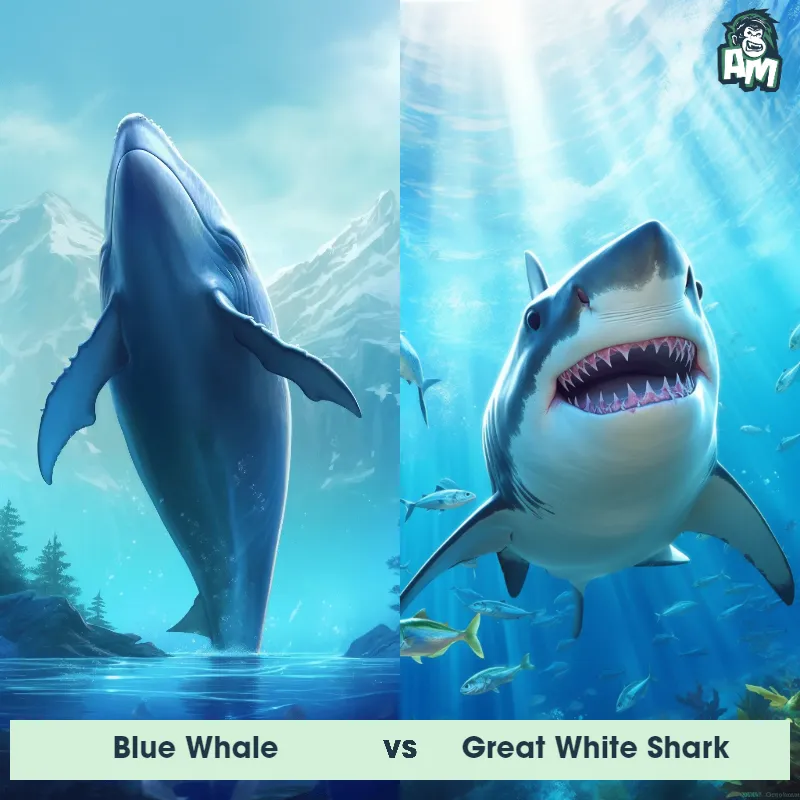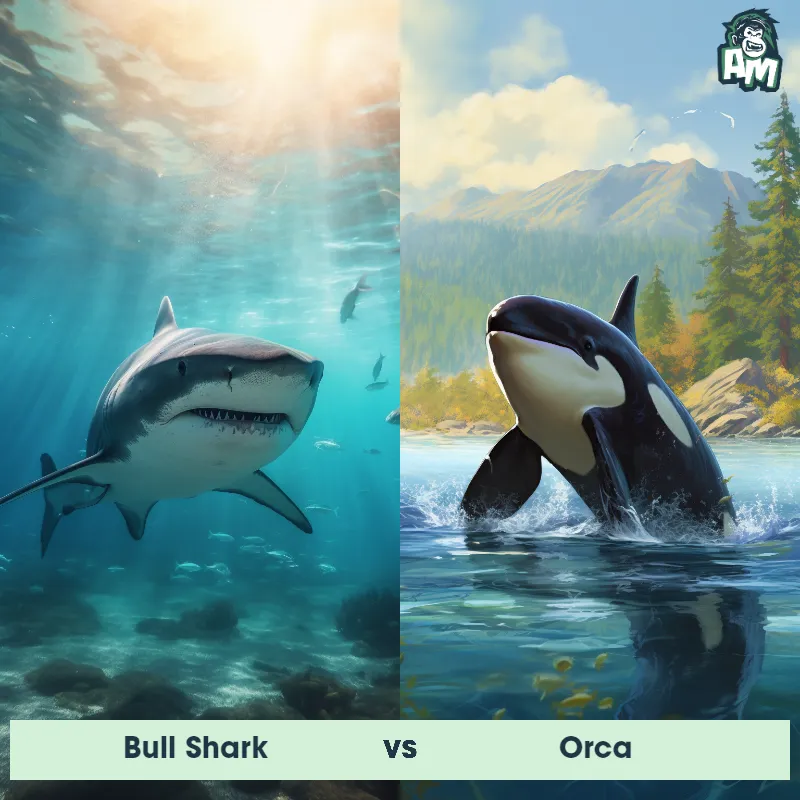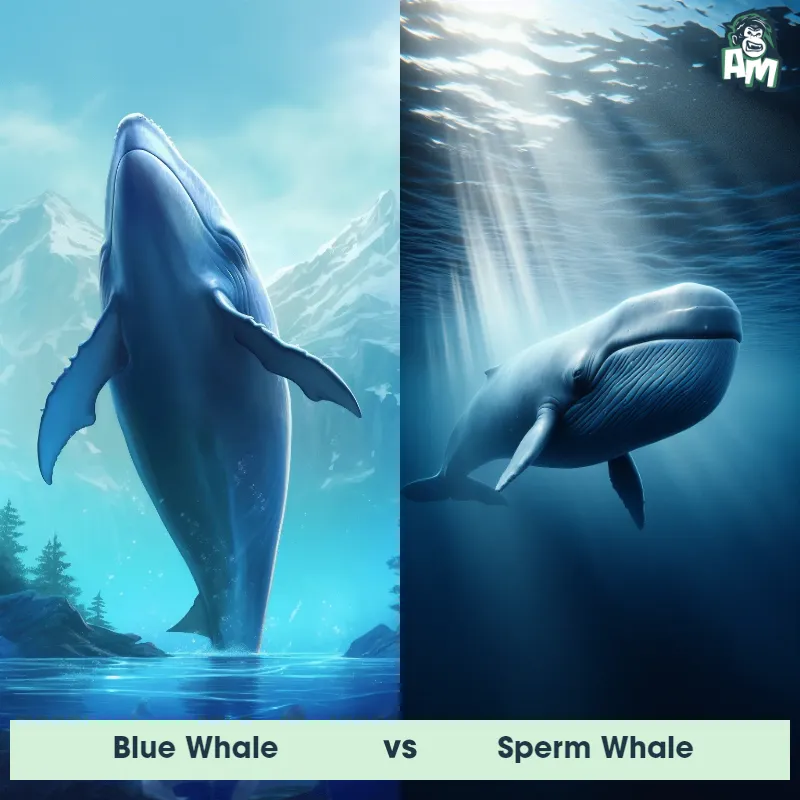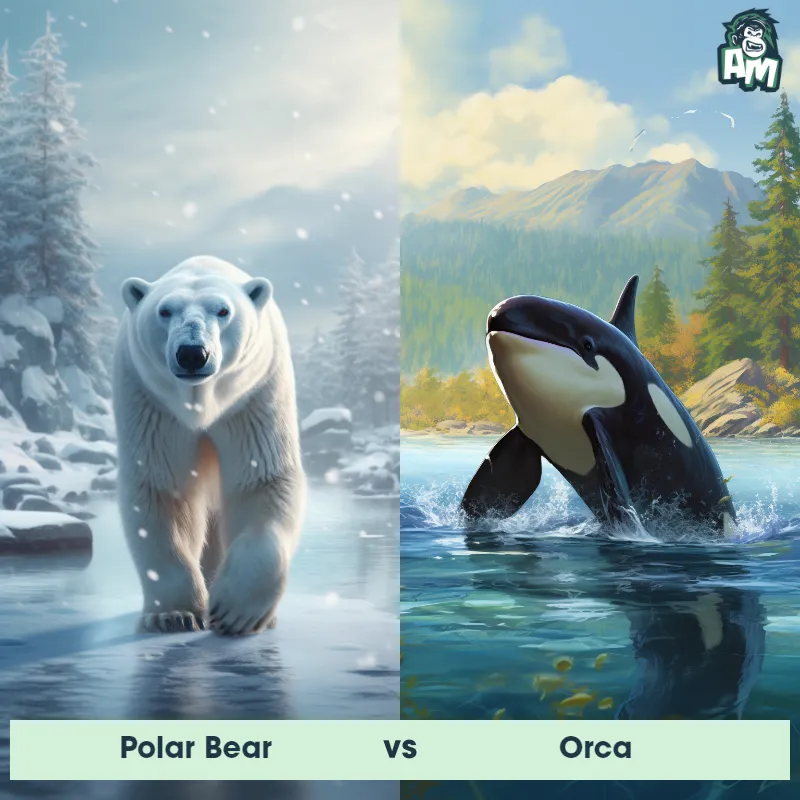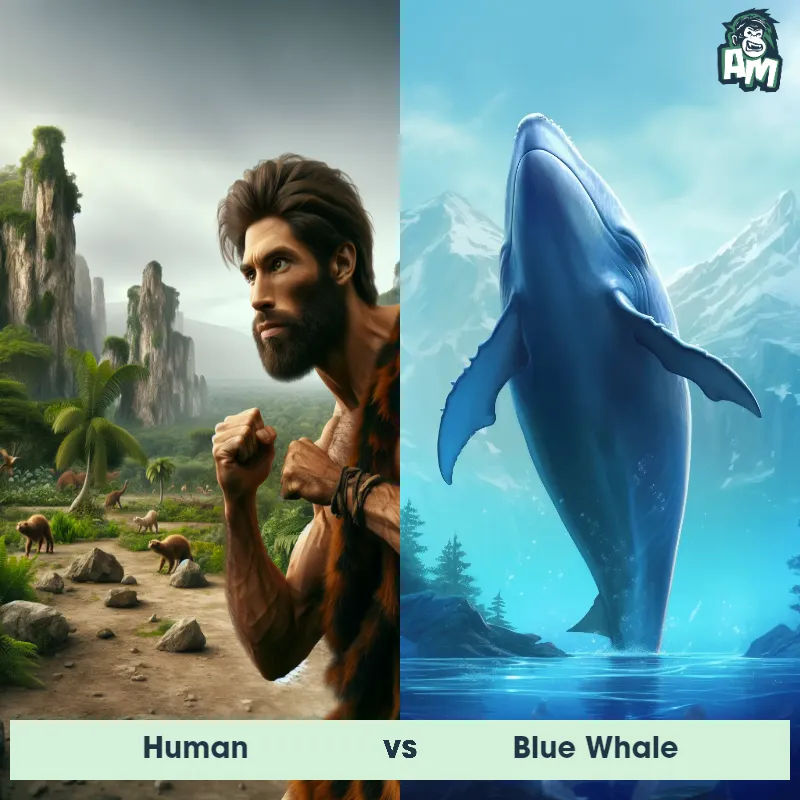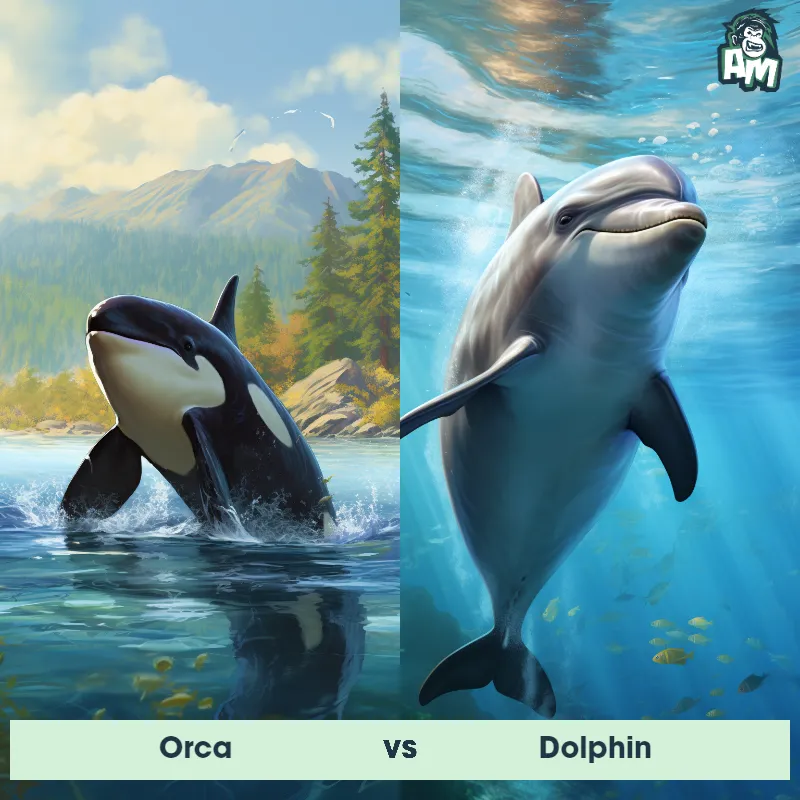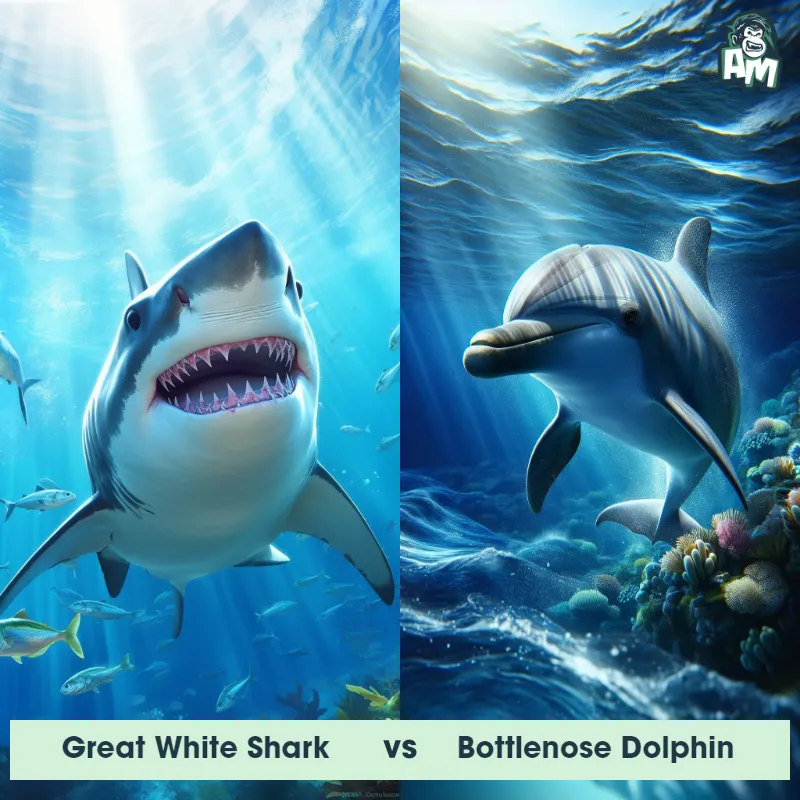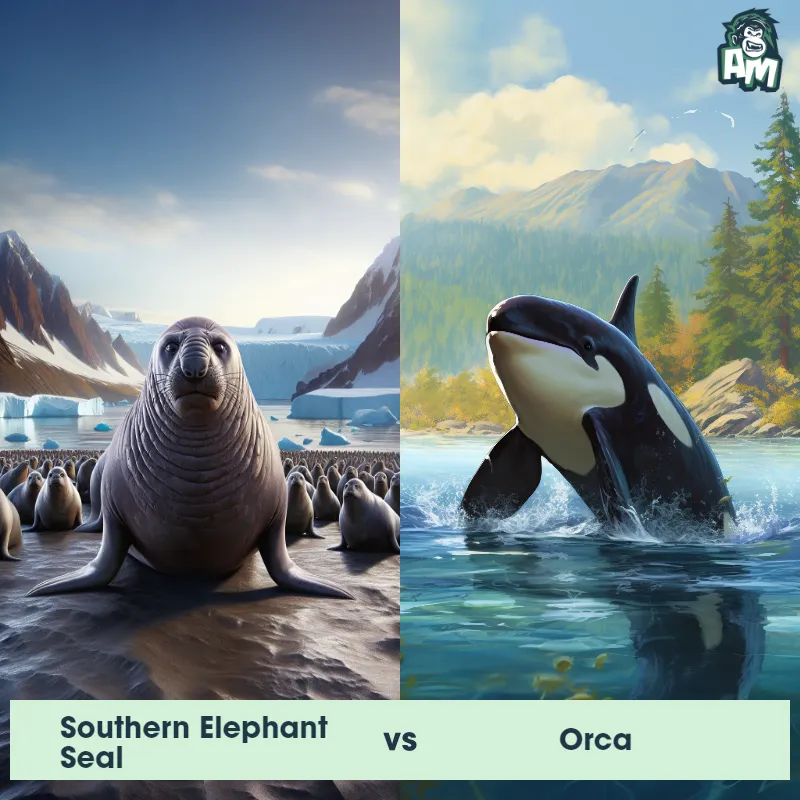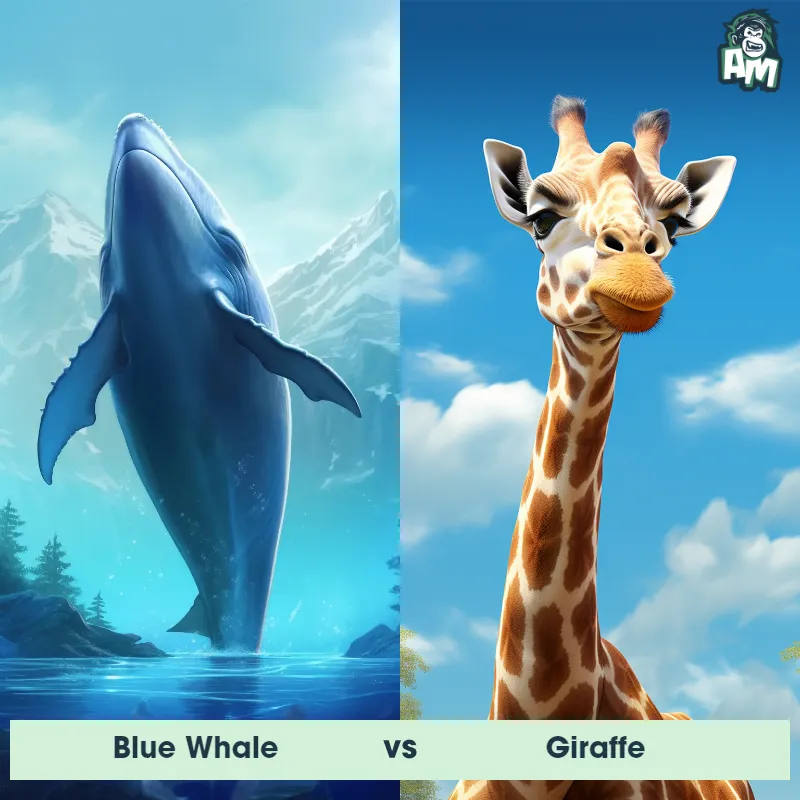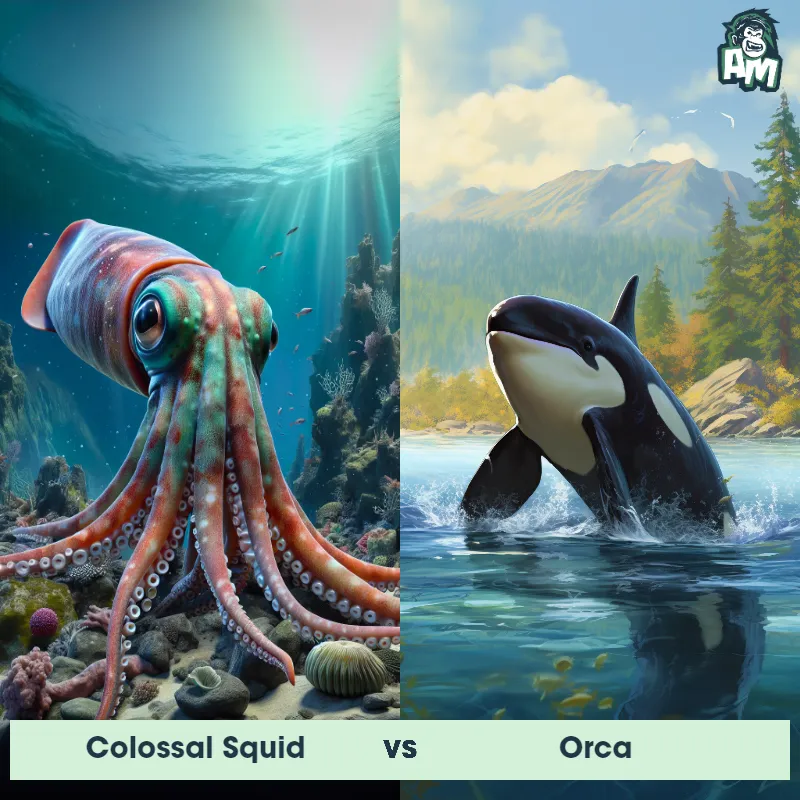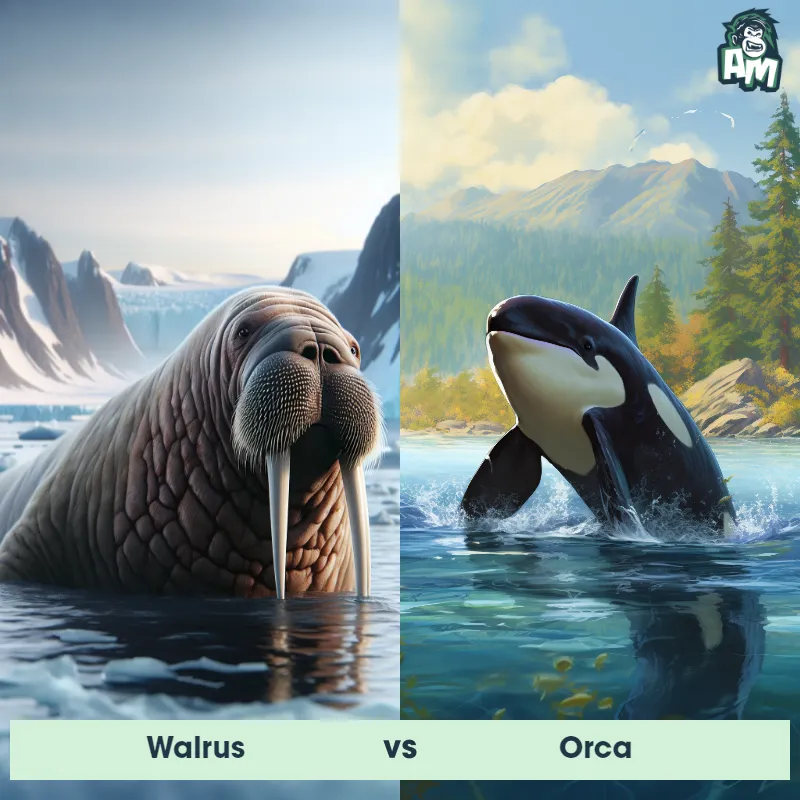Blue Whale vs OrcaSee Who Wins

Ladies and gentlemen, welcome to this epic matchup between two titans of the deep seas. It's a clash of strength and strategy, as a Blue Whale goes head-to-head with an Orca. Both creatures are renowned for their incredible abilities, and tonight, they will battle it out in a three-round fight for the ages. So, buckle up and get ready for some adrenaline-pumping action!
Contender 1: Blue Whale
The Blue Whale, also known as Balaenoptera musculus, is the largest animal on Earth, reaching lengths of up to 100 feet and weighing up to 200 tons. They have a long, streamlined body with a bluish-gray color and a small dorsal fin. Their diet consists mainly of krill, which they filter through their baleen plates. Blue Whales are known for their loud, low-frequency vocalizations, which can be heard for hundreds of miles.
Fun Fact: Blue Whales have the largest heart of any animal, weighing up to 1,000 pounds and being the size of a small car.
Contender 2: Orca
The Orca, or killer whale, is a toothed whale belonging to the oceanic dolphin family. Known for their distinctive black-and-white coloration, orcas are among the most powerful predators on Earth. Adult males can grow up to 26 feet long and weigh up to six tons. They have a large dorsal fin, which in males can reach up to 6 feet in height. Orcas are found in oceans all over the world but are most common in the Arctic and the Antarctic. Their diet is diverse, including fish, seals, and even other whales.
Fun Fact: Orcas have a complex social structure, living in tight-knit family groups known as pods, and they are known to exhibit behaviors such as teaching, learning, cooperation, and grieving.
Matchup Stats
| Blue Whale | Orca | |
|---|---|---|
| Size | Up to 100 feet (30.5 meters) | Up to 26 feet long (7.9 meters) |
| Weight | Up to 200 tons (181 metric tons) | Up to 6 tons (5,443 kilograms) |
| Speed | Speed: 20 mph (32.19 km/hr) | 35mph (56km/h) |
| Key Strength | None | Powerful predator with strong jaws and sharp teeth |
| Biggest Weakness | Slow movement | Limited mobility on land |
Current Votes
Blue Whale vs Orca
See Who Wins
View More Matches
Looking For More?
Similar Matches
Scientific Stats
| Blue Whale | Orca | |
|---|---|---|
| Scientific Name | Balaenoptera musculus | Orcinus orca |
| Family | Balaenopteridae | Delphinidae |
| Habitat | Open ocean | Oceans worldwide |
| Geography | Worldwide | Global, most common in Arctic and Antarctic |
| Diet | Krill | Fish, seals, and other whales |
| Lifespan | 80 years - 90 years | 50 years - 80 years |
Key Differences between Blue Whale and Orca
- Pectoral Fins: Blue Whales have relatively small pectoral fins compared to their massive body size, measuring about 10 to 13 feet long, whereas Orcas have long and paddle-shaped pectoral fins that are proportionately larger compared to their body size.
- Teeth: Blue Whales are baleen whales, meaning they lack teeth and instead have baleen plates to filter feed on small marine organisms, while Orcas are toothed whales, boasting a set of sharp, conical teeth used for catching and tearing prey, earning them the title "Killer Whale."
- Coloration: Blue Whales have a blue-gray coloration on their back, often with lighter patches or mottling, while Orcas display a striking black and white color pattern, with a black body and distinctive white patches, including those on their belly and around their eyes.
- Body Shape: Blue Whales have a long, slender body with a streamlined shape and a distinct ridge along their back, whereas Orcas have a more robust and muscular body, with a rounded head and a prominent dorsal fin.
- Tail Fluke: Blue Whales have a broad and flat tail fluke with smooth edges, typically with unique mottled patterns that can aid in individual identification, while Orcas possess a prominent, curved dorsal fin and a highly recognizable tail fluke with a distinctive notch or wave-like shape.
- Size: The Blue Whale is the largest animal on Earth, reaching lengths of up to 100 feet, while the Orca, also known as the Killer Whale, is significantly smaller, averaging around 25 to 30 feet in length.



